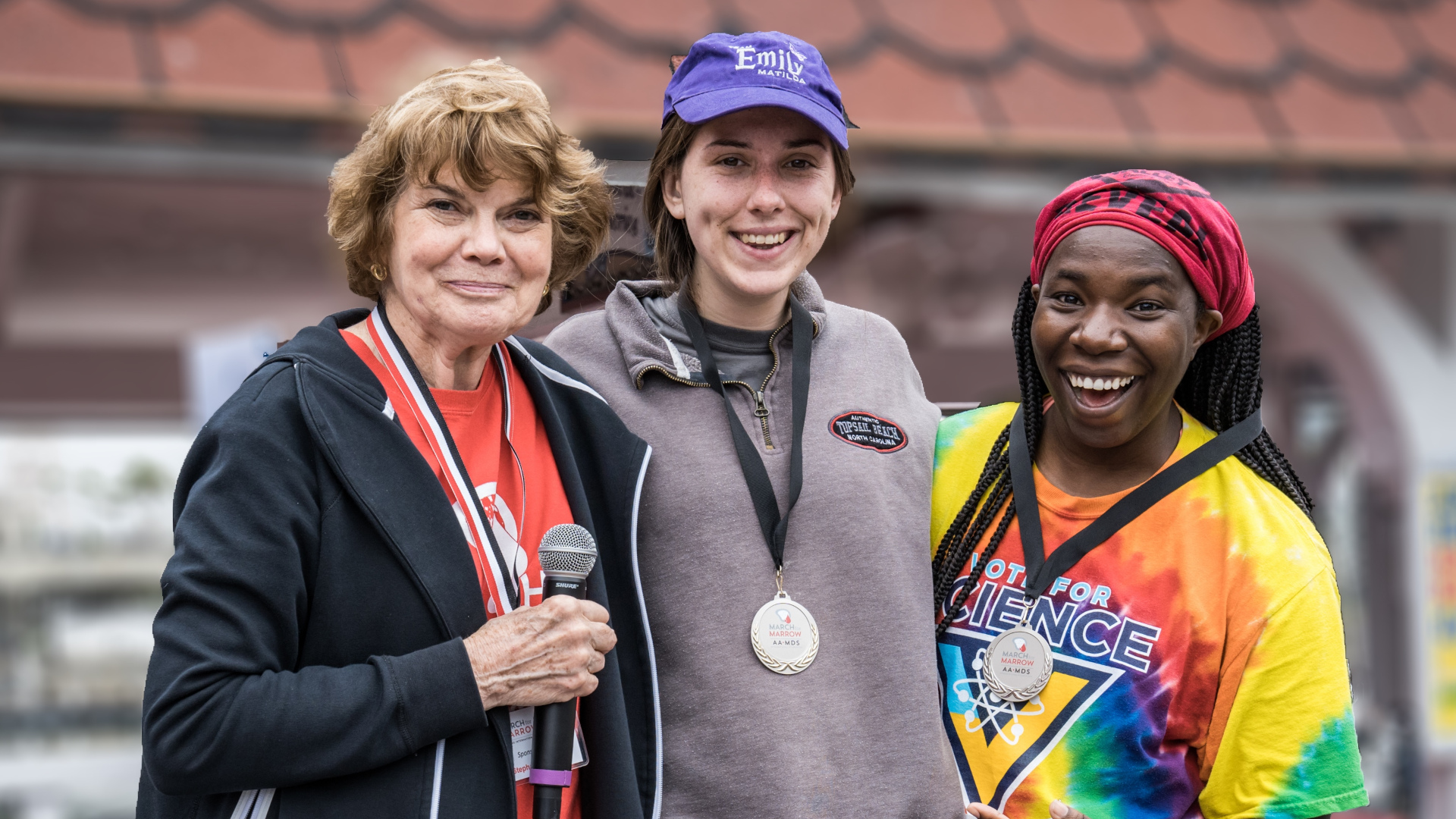Planning future charitable giving demonstrates a thoughtful philanthropic mindset, one that focuses on benefiting organizations you truly believe in, which in turn benefits society as a whole. Create a legacy to help future patients with bone marrow failure disease and their families with education and support services.
Consider including AAMDSIF in your estate planning, in your will, or as a beneficiary in your IRA or in your Trust.
This future gift can be monumental and the most impactful way of making a difference.
Please call Julie Lowe at (301) 279-7202 x103 or contact her at lowe@aamds.org to learn how planned gifts can have lasting impact.
Gift from the Edward P. Evans Foundation establishes unique and innovative initiative that focuses on MDS research
Born on January 31, 1942, Edward Parker Evans was a graduate of Yale University and Harvard Business School. Mr. Evans was Chairman and CEO of various companies including MacMillan Inc. A businessman, philanthropist and horseman, Mr. Evans' Spring Hill Farm in Casanova was the largest thoroughbred breeding farm in Virginia. In 2010, Mr. Evans died at the age of 68 of acute myeloid leukemia.
In 2012, The Edward P. Evans Foundation established the MDS Clinical Research Consortium consisting of 6 leading medical institutions that collaborate on unique clinical trials to advance treatments and improve outcomes for patients with myelodysplastic syndromes (MDS). The Consortium fills a major gap in MDS-related clinical research in the U.S. by providing a new “critical mass” of patients and patient data to support the evaluation of promising new compounds, epidemiological studies and translational studies leading to new classifications, treatments and procedures. This expanded access to patient data, tissue samples and the use of a standardized patient work-up enhances research and leads to accelerated outcomes that are potentially beneficial for patients.
The Edward P. Evans Foundation, whose primary mission is to support transformational and collaborative medical research in the areas of myelodysplastic syndromes and acute myeloid leukemia, supported the five-year, $16 million initiative. This funding is believed to be the largest single award ever given in support of MDS clinical research.
Patricia and Vincent Geczik Legacy Gift to Fund PNH Research
“Mom always joked about ‘loaves and fishes’,” said Dana Consoli. “She never turned anyone away. Everyone was welcome at our table.”
It was that essential commitment to helping others that created a legacy for patients and families with bone marrow failure diseases.
Dana Consoli is the daughter of Patricia and Vincent Geczik, who remembered the Aplastic Anemia and MDS International Foundation with a special gift in their estate. Their gift will support AAMDSIF’s efforts to find better treatments and perhaps a cure for paroxysmal nocturnal hemoglobinuria(PNH), Dana’s disease.
“We were a normal, everyday, middle-class family. My parents worked very hard, and they saved and saved and saved. My siblings and I never wanted for anything, and they instilled in us a great work ethic and great values,” said Dana. The family first lived in New York and then New Jersey. Vincent, who died in 2011, worked for UPS. Patricia, who passed away in 2013, used her creativity as an artist and also in a flower shop.
Working with an estate planning advisor, the Gecziks sought to use the proceeds of their life’s work to help “eradicate PNH.” That’s when they found AAMDSIF. “They were tortured by the fact that I had PNH and had to edit my life,” explained Dana. “They knew my struggle, but they also knew that I was not going to let PNH define me or my life,” she added.
Today at 48, Dana has three “miracle” children, including a set of twins, and she enjoys a very active lifestyle. She’s recently begun off-road bicycling. And she is equally committed to her parents’ goal. “Ten years ago, I was very ill and could never have predicted that I’d be in such a good place. But it’s not enough. We need to do more for the patient, beyond immediate care and treatment. We need to continue this [work]. It’s a lot of responsibility making sure it is not squandered and lasts for generations. We want the legacy that my parents created to have a positive and lasting impact. We don’t know what that looks like yet, but that is the goal.”

